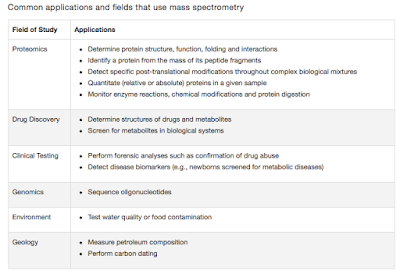BtB# 11- Bacterial secretion systems
Greetings
A given individual bacteria has to compete and interact with multiple factors outside the cell which means communication is an important factor. Most of the molecules that are involved in such a process is a macromolecule protein (such as toxins and sensor molecules). The release of these molecules is subject to tight regulation. As already known, a bacterial cell structure is very highly organised with multiple layers. The cell envelope of Gram negative bacteria is composed of two membrane layers and a periplasmic space in between, whereas the envelope of Gram-positive bacteria consists of a cytoplasmic membrane followed by a very thick peptidoglycan layer.
The transport of molecules within such intact cellular structure is managed by specialised machinery called as secretion systems. The secretion system spans across the cell wall from the inner membrane to outer membrane. Currently, 7 types of secretion systems have been defined, each labelled as Type I- Type VII. For purpose of simplicity remember that T1SS (Type 1 secretion system) to T6SS is seen in Gram negative bacteria (which is further classified into Sec-dependent and Sec-independent) and T7SS is seen in Gram positive bacteria.
Bacterial secretion systems are highly diverse and each type has multiple subtypes which vary by its structural and regulatory details. An individual bacterial species can have more than one type of system for accomplishing multiple roles. In an old post on Toll-like receptors, I used the concept that instead of writing pages and pages of data I summarised it all into one single table, so it becomes easy to learn. I'm doing the same here.
Bacterial secretion systems are highly diverse and each type has multiple subtypes which vary by its structural and regulatory details. An individual bacterial species can have more than one type of system for accomplishing multiple roles. In an old post on Toll-like receptors, I used the concept that instead of writing pages and pages of data I summarised it all into one single table, so it becomes easy to learn. I'm doing the same here.
 |
| Table 1: Bacterial secretion system. |





Comments
Post a Comment